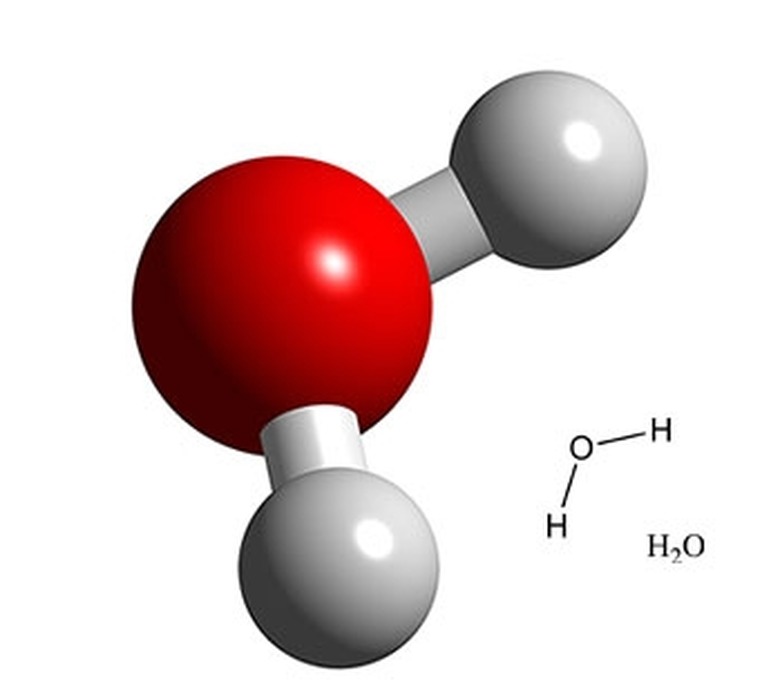How To Tell If A Molecule Is Bent
Molecules can be represented empirically as well as structurally. Chemists use the VSEPR (Valence Shell Electron Pair Repulsion) model for molecular geometry, or, the determination of a molecule's physical shape. This model takes into account the number of bond sites and number of lone electron pairs in a molecule in order to produce a prediction of a molecule's shape based on its parts. One such shape is "bent," which occurs when there are two binding sites around the central atom, in addition to one or two lone electron pairs. Using VSEPR theory, one can determine whether or not a molecule is bent.
Step 1
Write down the chemical formula of the molecule (e.g. HF, NO).
Step 2
Count the number of electrons in the molecule using the periodic table. See the Resources section for help on counting electrons in a molecule.
Step 3
Draw the Lewis structure of the molecule, using lines to indicate bonds and dots to indicate lone electrons. Each bond counts as two electrons, and the sum of the electrons in the Lewis structure should equal the electrons in the molecule, as determined by the periodic table.
Step 4
Count the number of binding sites plus the number of lone electron pairs around the central atom only. This is called the molecule's steric number.
Step 5
Determine how many lone electron pairs and how many binding sites contribute to the steric number. If the steric number is not 3 or 4, you can conclude that the molecule is not bent.
Step 6
Use a VSEPR model chart (available in the Resources section) to relate the steric number, number of binding sites, and lone electron pairs to a molecular shape.
TL;DR (Too Long; Didn't Read)
If, when you are drawing the Lewis structure for the molecule, you end up with too many or too few electrons in the molecule, add double bonds or triple bonds and remove lone pairs of electrons accordingly.
Cite This Article
MLA
Becker, Scott. "How To Tell If A Molecule Is Bent" sciencing.com, https://www.sciencing.com/how-to-tell-if-a-molecule-is-bent-12143143/. 17 September 2008.
APA
Becker, Scott. (2008, September 17). How To Tell If A Molecule Is Bent. sciencing.com. Retrieved from https://www.sciencing.com/how-to-tell-if-a-molecule-is-bent-12143143/
Chicago
Becker, Scott. How To Tell If A Molecule Is Bent last modified August 30, 2022. https://www.sciencing.com/how-to-tell-if-a-molecule-is-bent-12143143/
